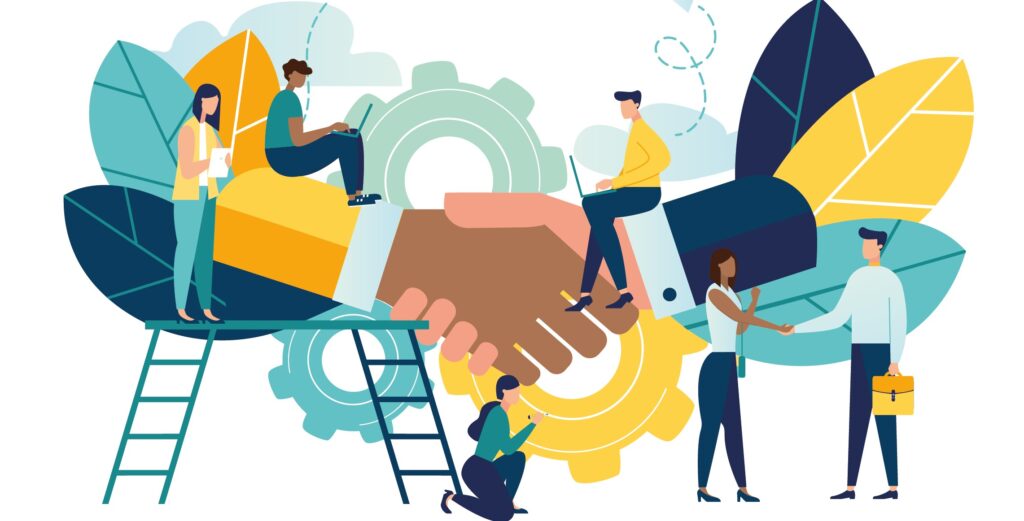Cure Technologies Online Learning Hub offers an array of Digital Skills training at all levels, including workshops…

Training and Skills Development at Cure Technologies
At Cure Technologies, we are committed to building the capacity of individuals and communities by providing cutting-edge Training and Skills Development programs. Our focus is on equipping young people, entrepreneurs, and farmers with the knowledge and tools needed to thrive in the evolving agricultural landscape and digital economy.
Technology and Digital Skills Development
Our training programs empower participants to embrace the digital revolution by offering:
- ICT and Digital Literacy: Basic to advanced digital skills, including mobile and web app usage, data analysis, and social media marketing for agribusiness.
- IoT and Smart Farming Tools: Hands-on training on using IoT devices for soil and weather monitoring, irrigation, and precision farming.
- Tech-Enabled Decision Making: Leveraging data analytics and digital platforms like AgriFAAS Connect for crop management and market access.
Agribusiness Training
We prepare farmers and entrepreneurs to succeed in the agribusiness value chain by focusing on:
- Sustainable Farming Practices: Techniques for increasing productivity while conserving resources.
- Market Access and Value Addition: Strategies for connecting with buyers, cooperatives, and institutional clients.
- Financial Management: Budgeting, access to credit, and investment planning for agribusiness ventures.
Supporting Entrepreneurs and Partners
We collaborate with young entrepreneurs and organizations to deliver customized training that aligns with their business goals. This includes co-creating curriculums, providing training resources, and offering mentorship.
By fostering technology adoption, sustainable practices, and entrepreneurial skills, our programs drive job creation, improve livelihoods, and contribute to the sustainable development of Africa’s agricultural sector.


